External inflammatory resorption (EIR) is present on the external surface of the root of majority of the teeth diagnosed with chronic apical periodontitis. EIR also affects teeth that suffer severe […]
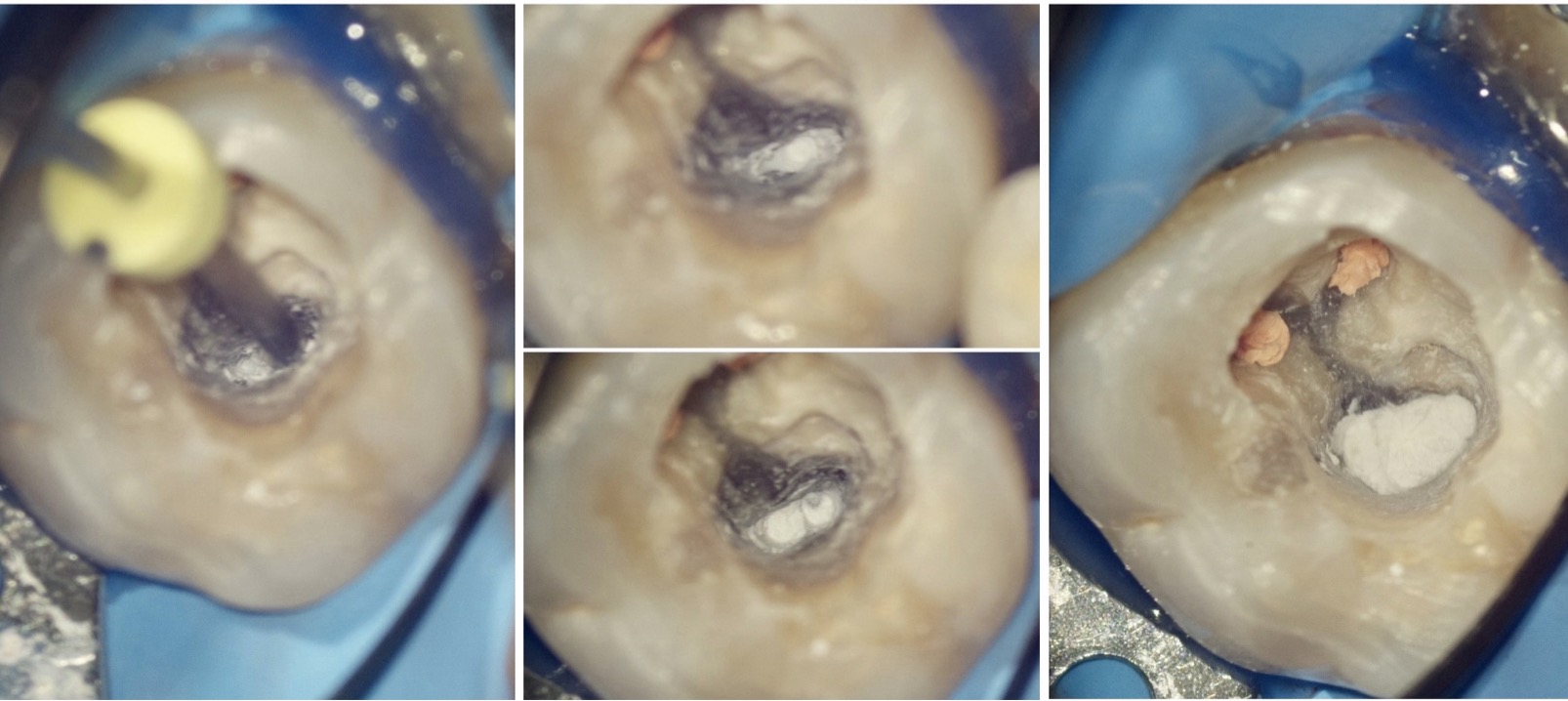 Treatment of an external inflammatory root resorption
Treatment of an external inflammatory root resorption
External inflammatory resorption (EIR) is present on the external surface of the root of majority of the teeth diagnosed with chronic apical periodontitis. EIR also affects teeth that suffer severe […]
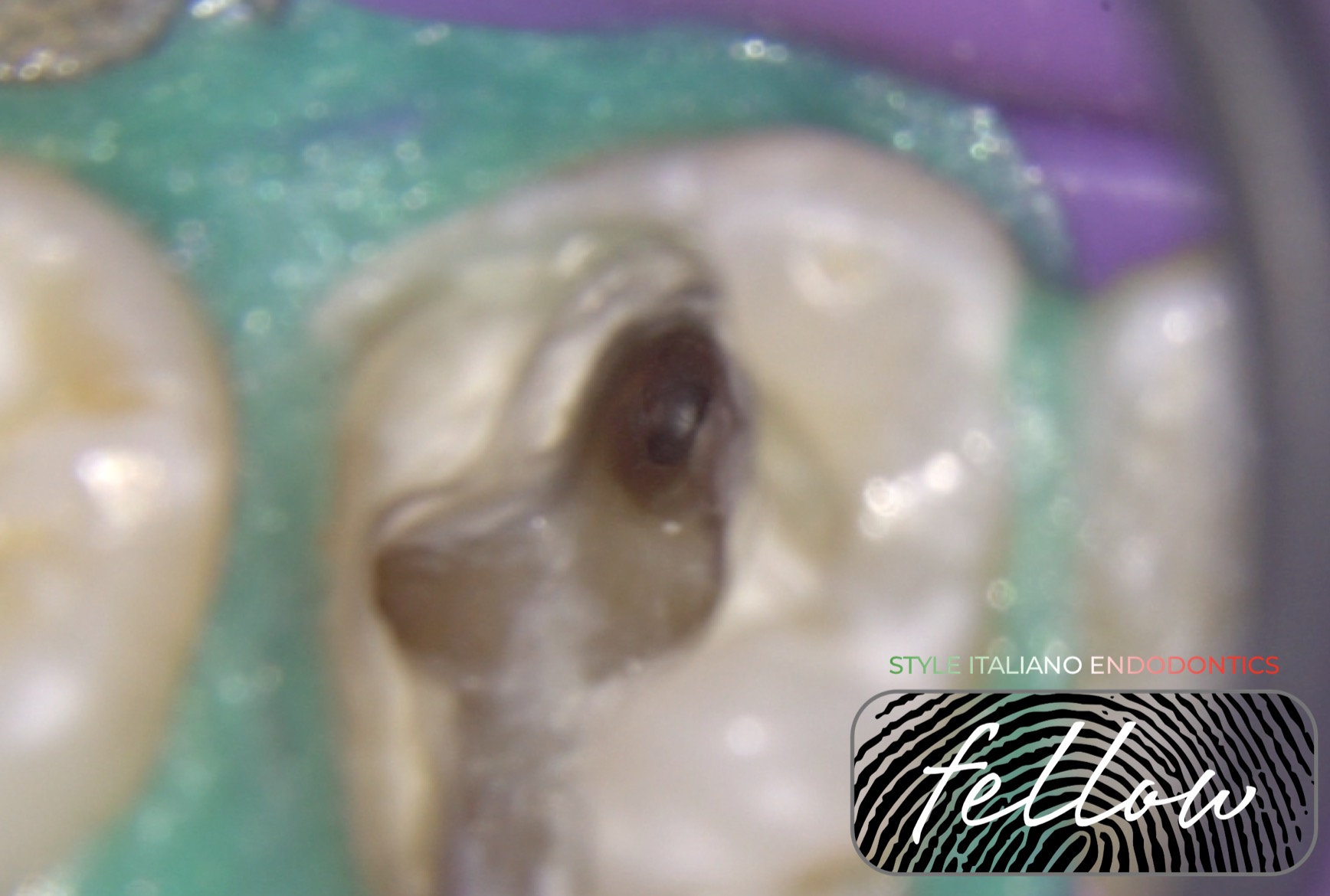 The importance of magnification to manage ledge/perforation
The importance of magnification to manage ledge/perforation
Retreatment are always a challenge. One of the most difficult things is to manage ledge or/and perforation into a canal. When we have to work inside the canal the use […]
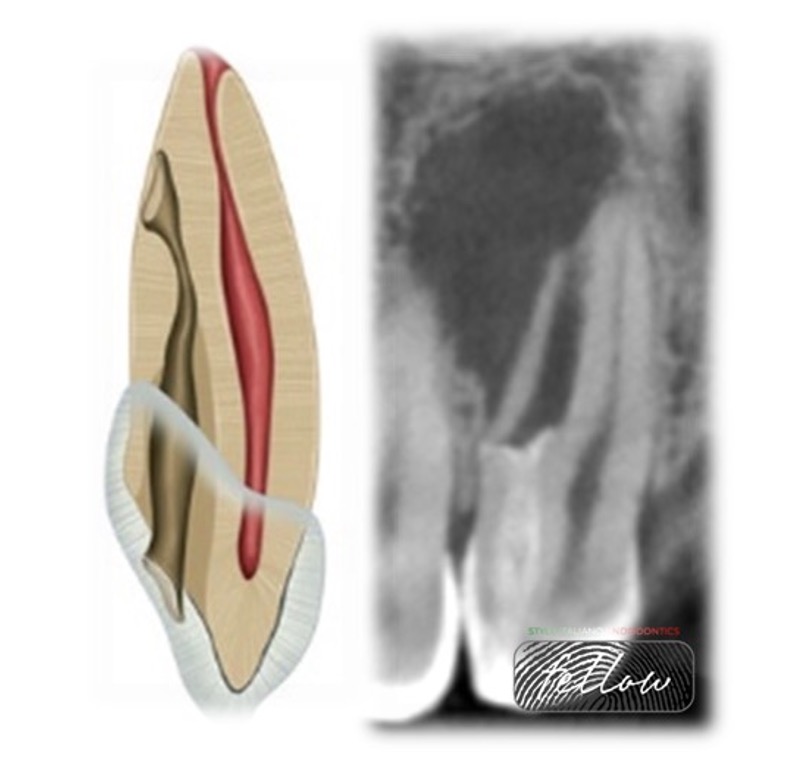 Case report Management of Dens Invaginatus type IIIA
Case report Management of Dens Invaginatus type IIIA
This article showing the Management of Dens Invagenatus of upper lateral incisor with large periapical lesion.
 Non surgical endodontic management of periapical lesion with open apex
Non surgical endodontic management of periapical lesion with open apex
MTA is a bioactive cement that has gained immense popularity in endodontic treatments. It is composed of tricalcium silicate, dicalcium silicate, and bismuth oxide. MTA possesses unique characteristics that make […]
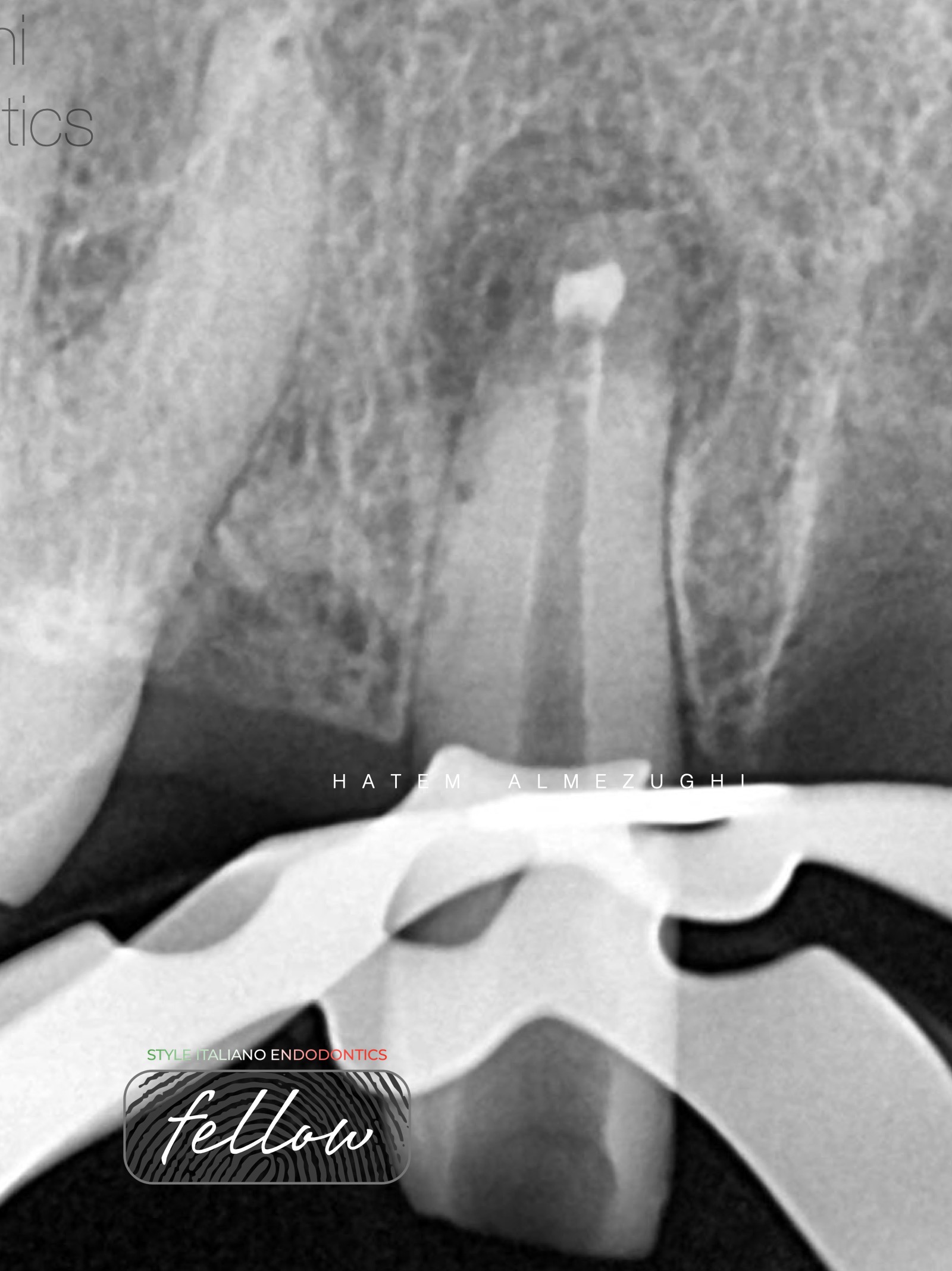 Simplified MTA apical plug
Simplified MTA apical plug
Root resorption is a pathological process that may occur after surgical mechanical, chemical or thermal insult. Generally, it can be classified as internal and external root resorption. Depending on the […]
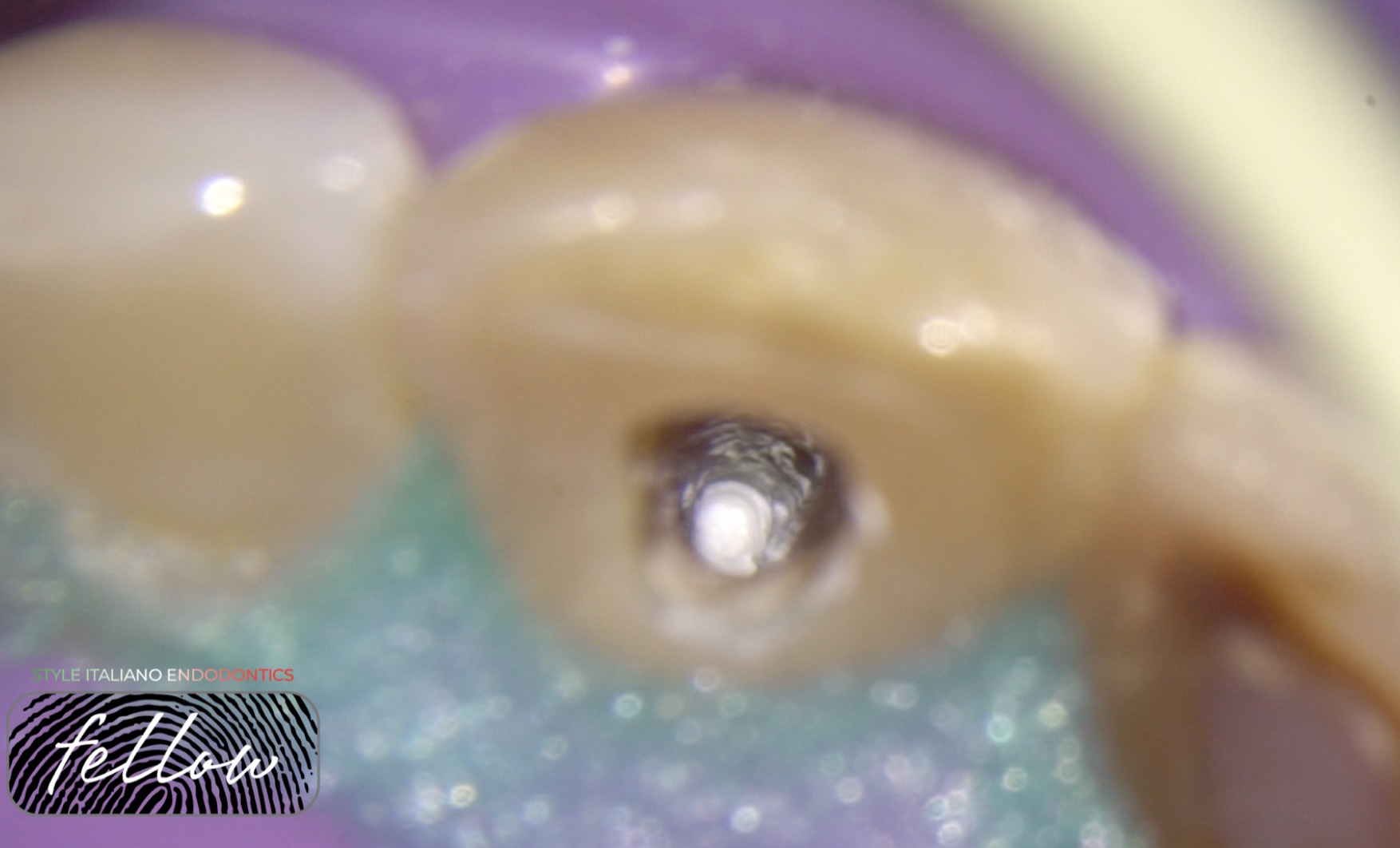 Apical plug with Bioceramic putty
Apical plug with Bioceramic putty
The purpose of this article is to explain all the phases to do in a correct way an apical plug. Today on the market there was a lot of material […]
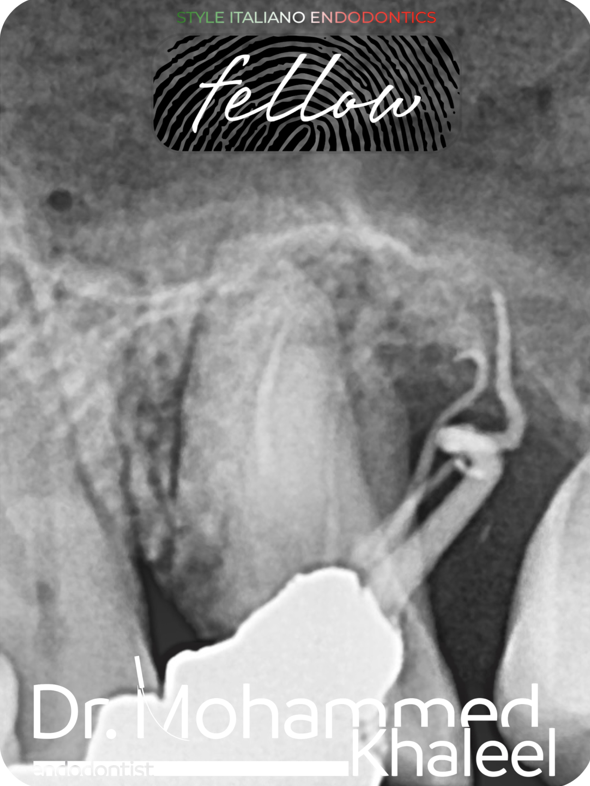 Perforation repair
Perforation repair
Perforation is an iatrogenic communication that is formed between the tooth and supporting tissues.
It is important to manage perforations as soon as they are diagnosed.
An ideal peforation repair material is Mineral Trioxide Aggregate.
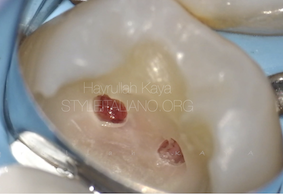 Vital pulp therapy: 2 years follow up
Vital pulp therapy: 2 years follow up
The size of pulp exposure and the presence of spontaneous pain were significant criteria for treatment decisions in traditional direct pulp capping procedures. Direct pulp capping was considered viable when the pulp exposure size was 1 mm or less, and the patient did not experience spontaneous pain. Root canal treatment was routinely treatment choice in cases that did not meet these criteria. However, in light of contemporary insights from the literature, a new classification of pulp conditions has emerged. Consequently, this has led to a shift in our range of indications, predominantly favoring vital pulp treatments.
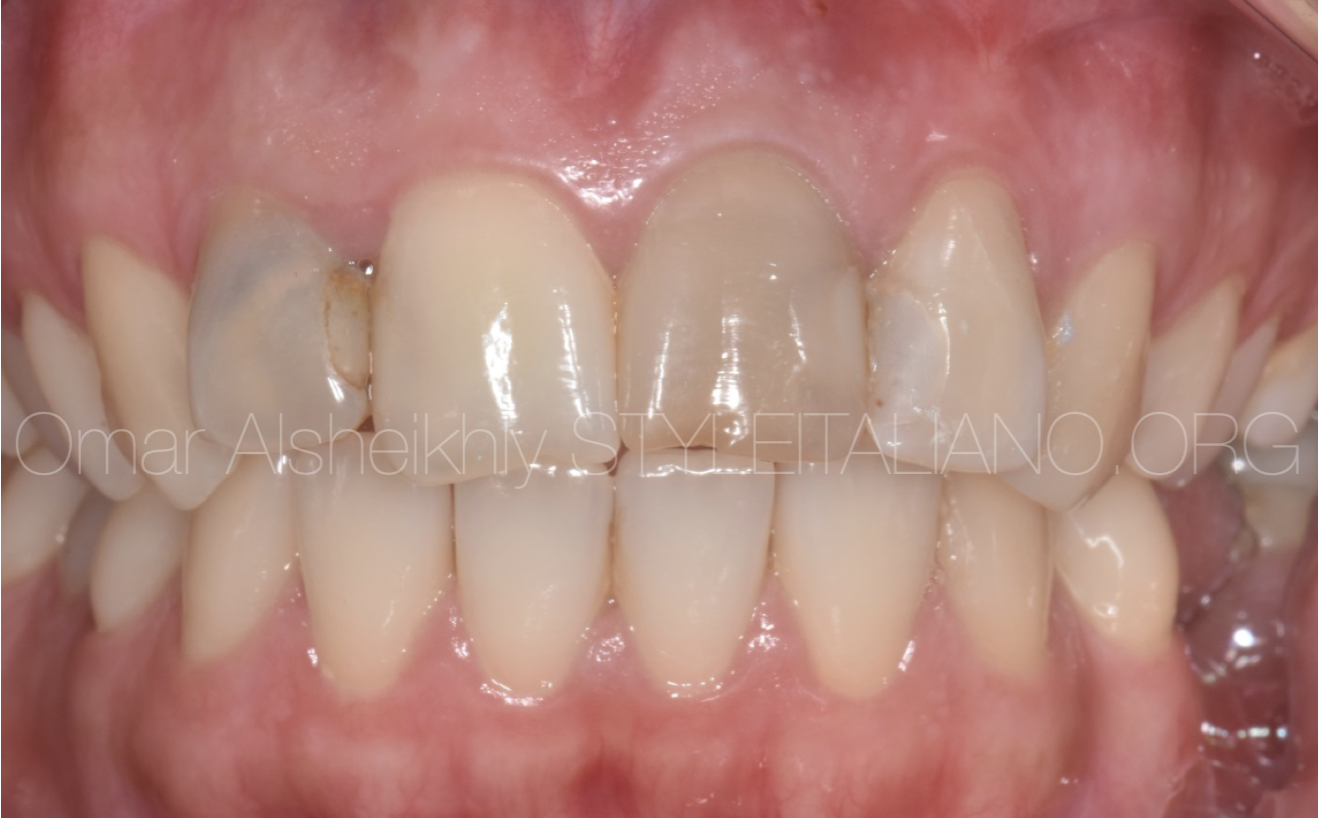 MTA apical plug and internal bleaching for Upper Central Incisor
MTA apical plug and internal bleaching for Upper Central Incisor
MTA (Mineral Trioxide Aggregate) apical plug is a technique used in endodontic treatment to create a barrier at the apex of the tooth. This innovative solution has revolutionized endodontics by […]
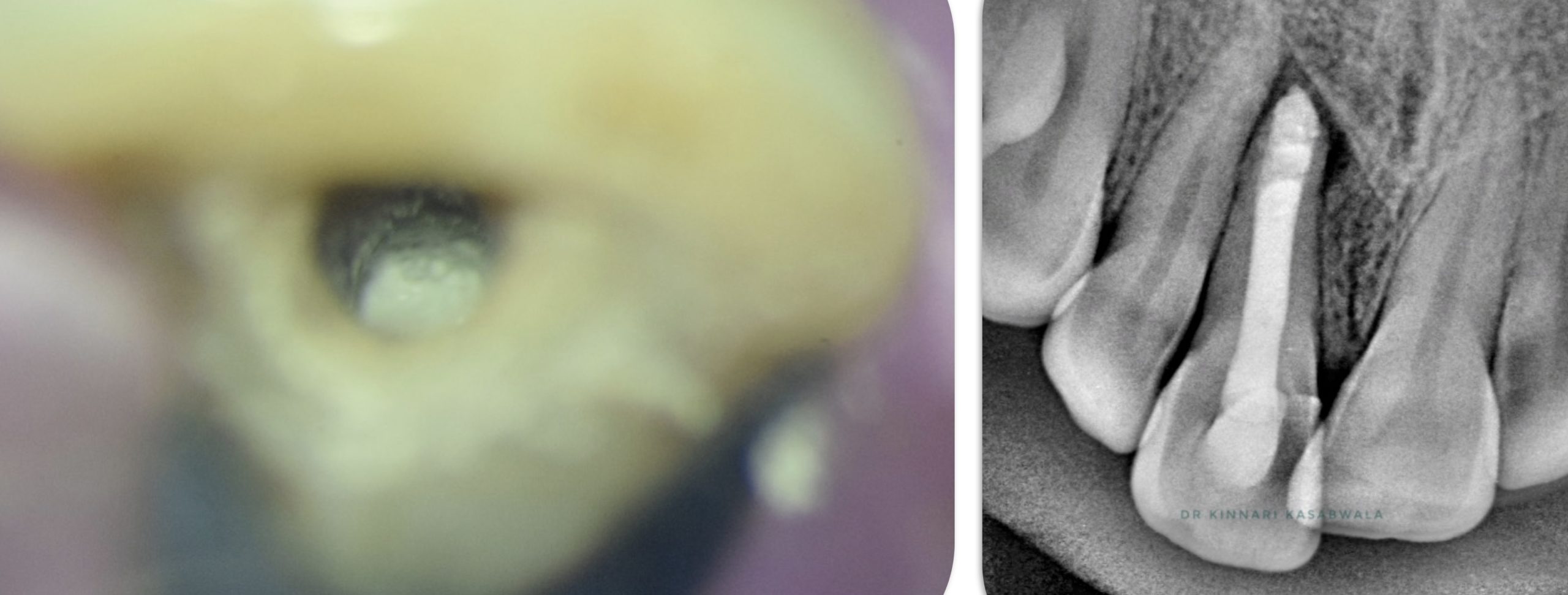 Endodontic management of immature central incisor by apexification
Endodontic management of immature central incisor by apexification
Trauma or caries in young children or adolescents can cause pulp necrosis, which may arrest root development in permanent teeth. This in turn results in thin dentinal walls, wide-open apices […]
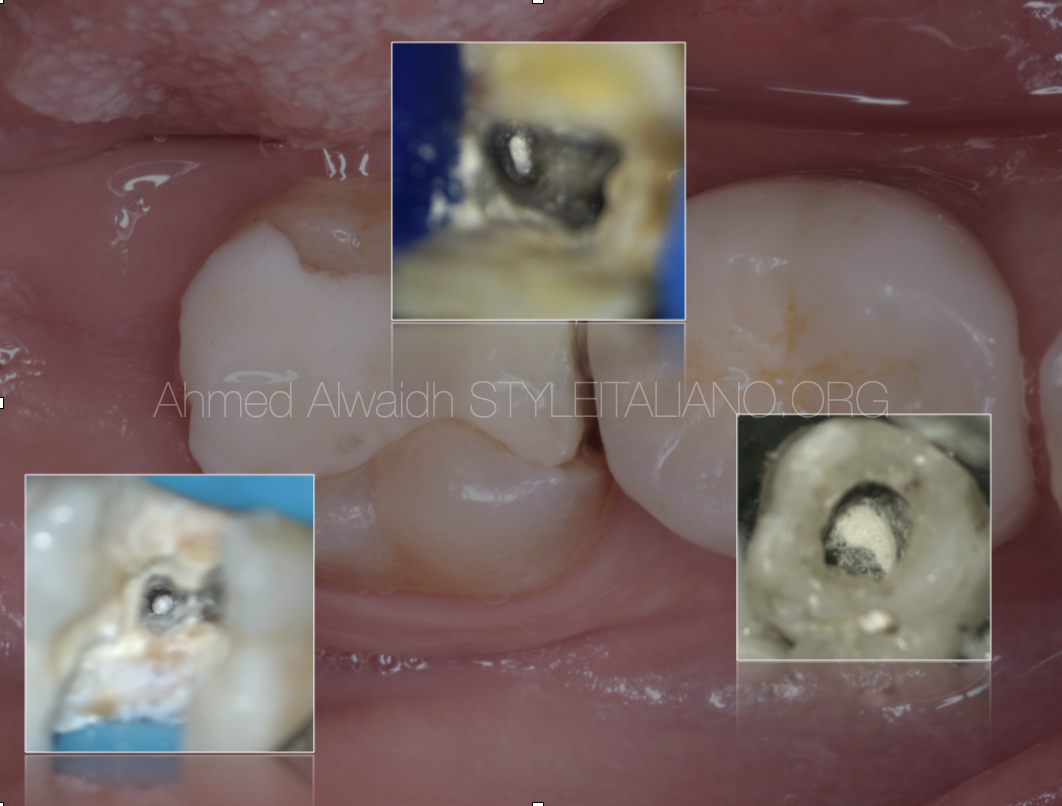 Does MTA ensure a good seal?
Does MTA ensure a good seal?
Large apices and root canal perforations are always challenging to seal with traditional root filling materials, for many reasons like shrinkage, toxicity, inflammatory response, and sealing ability of those materials. […]